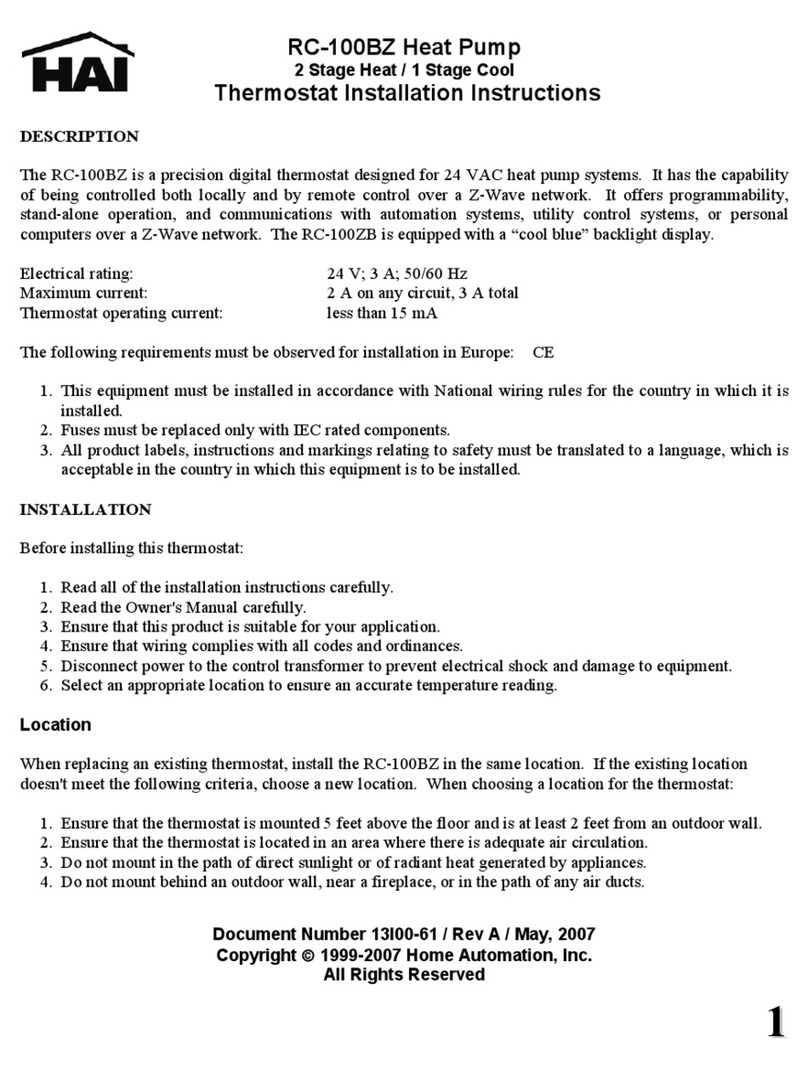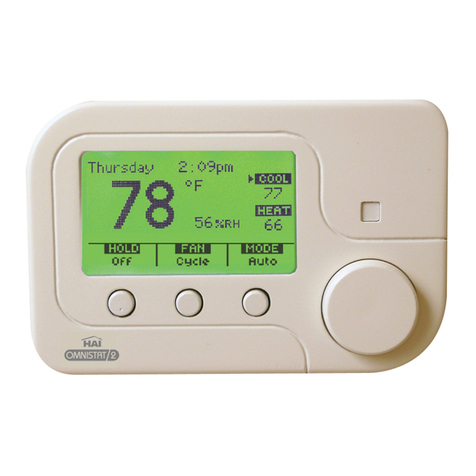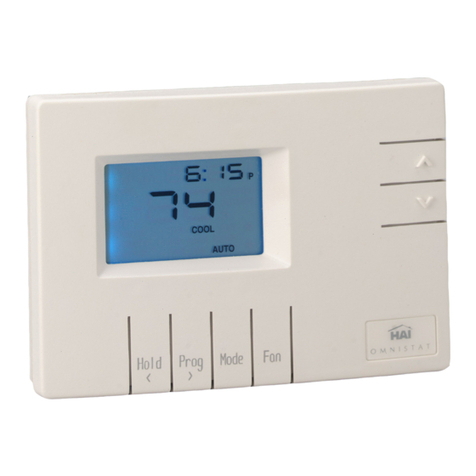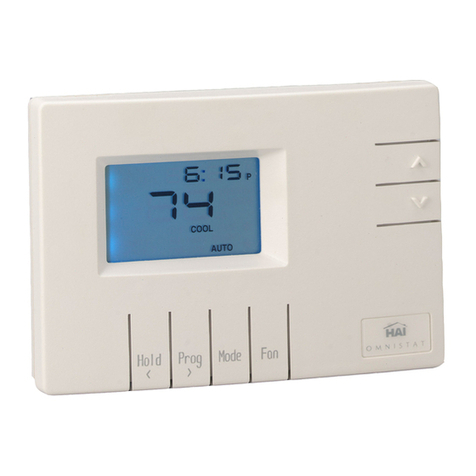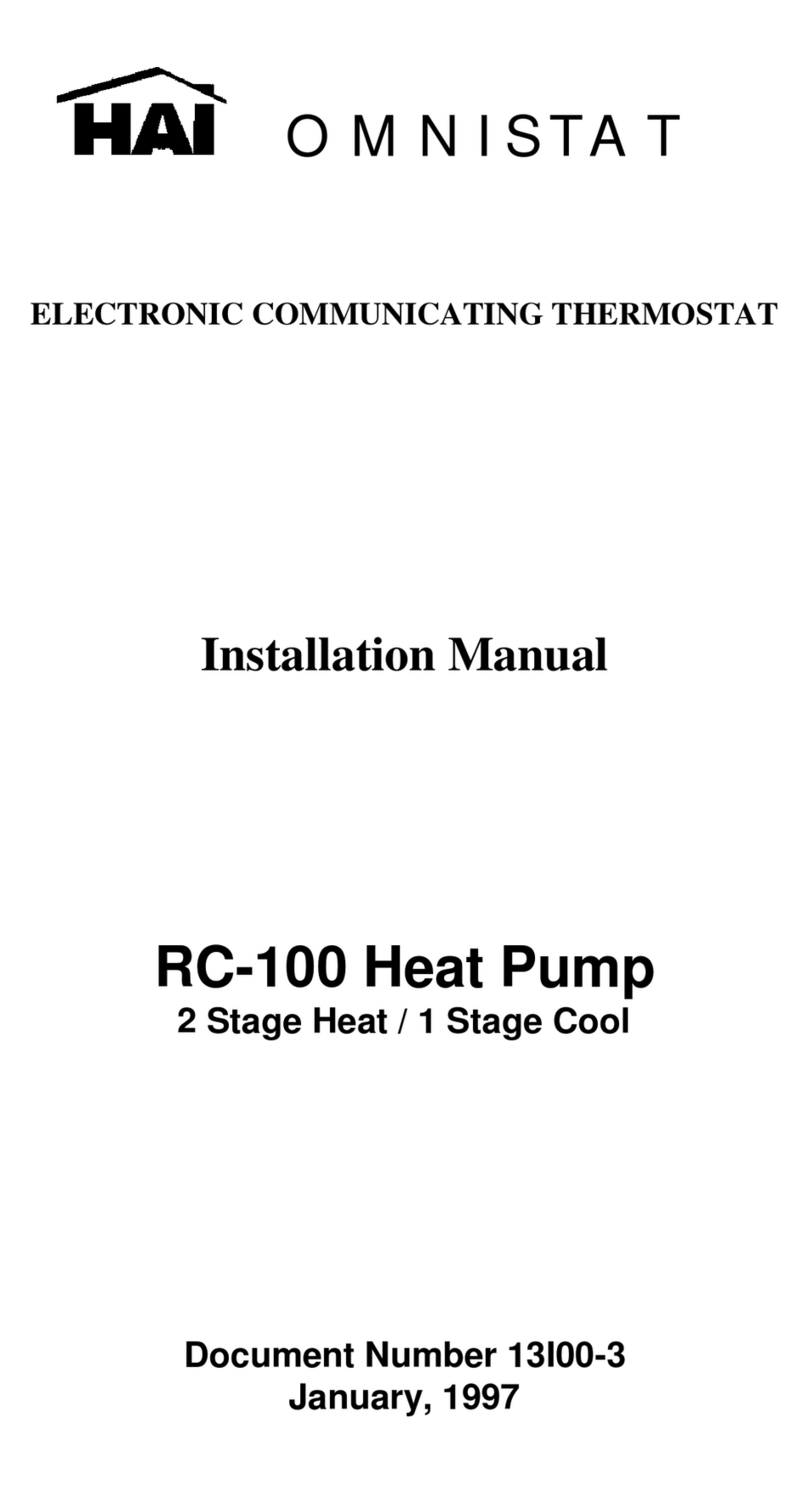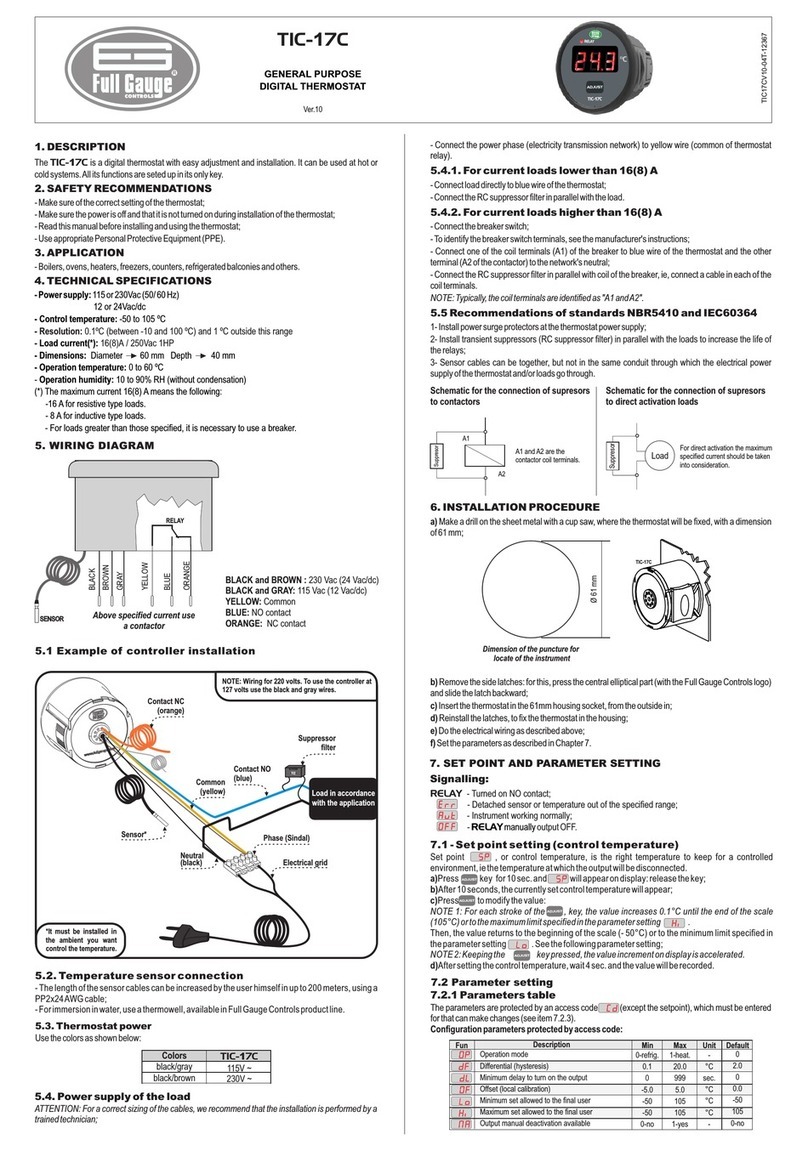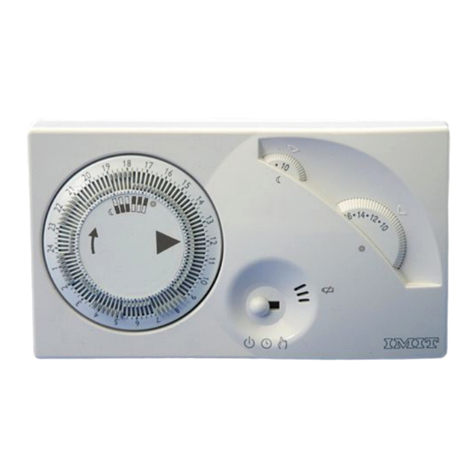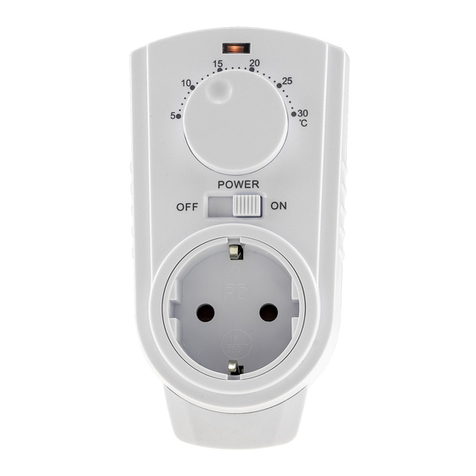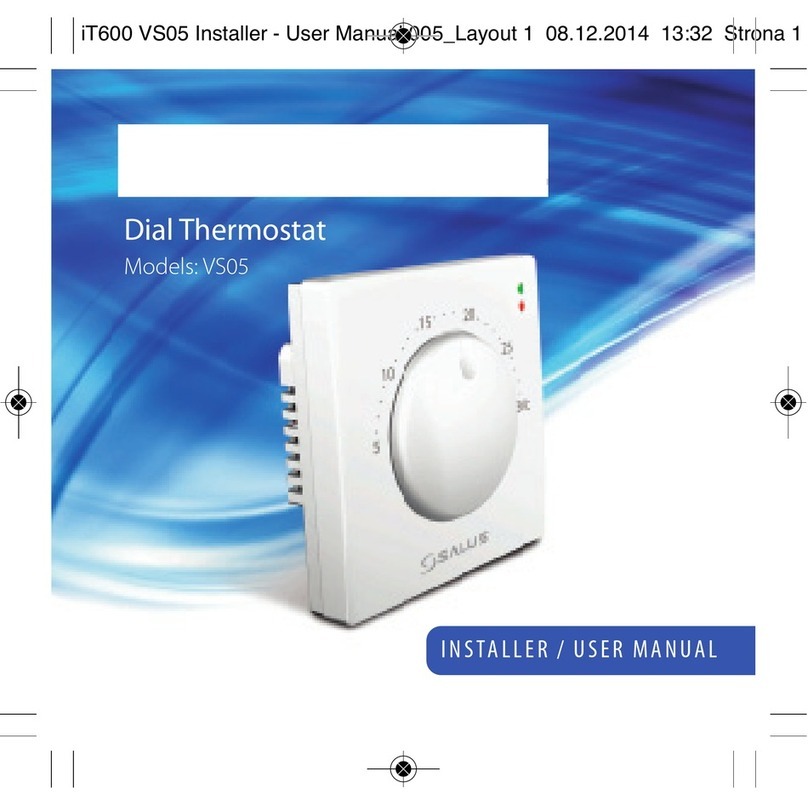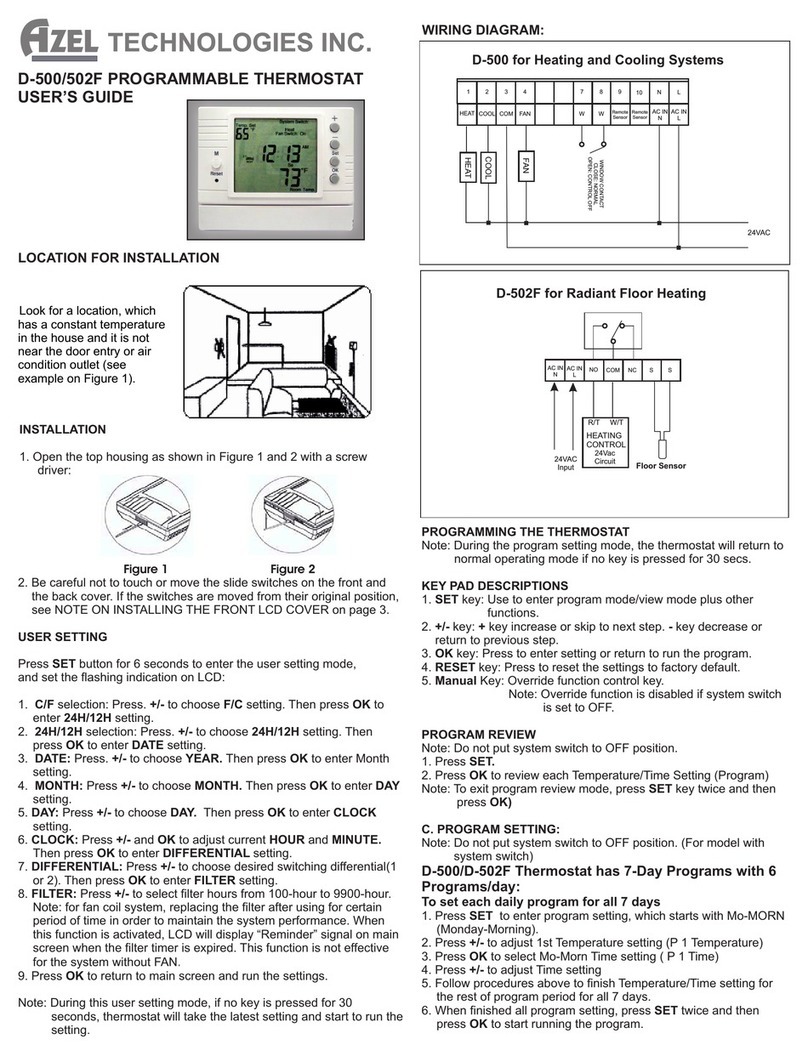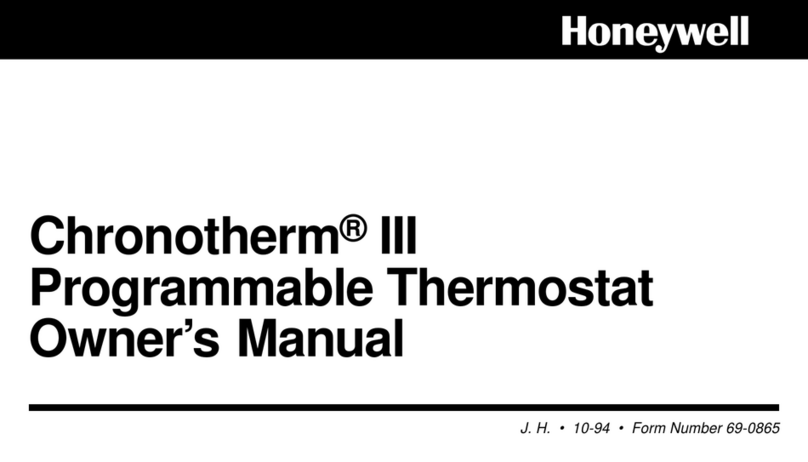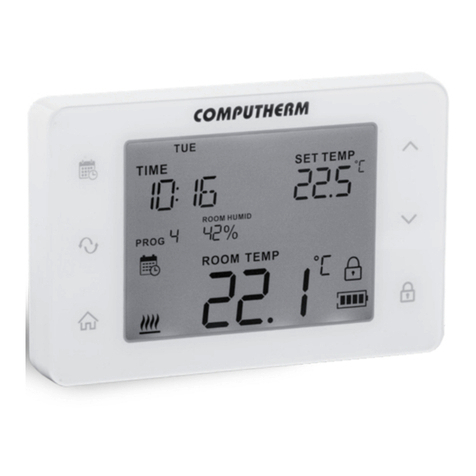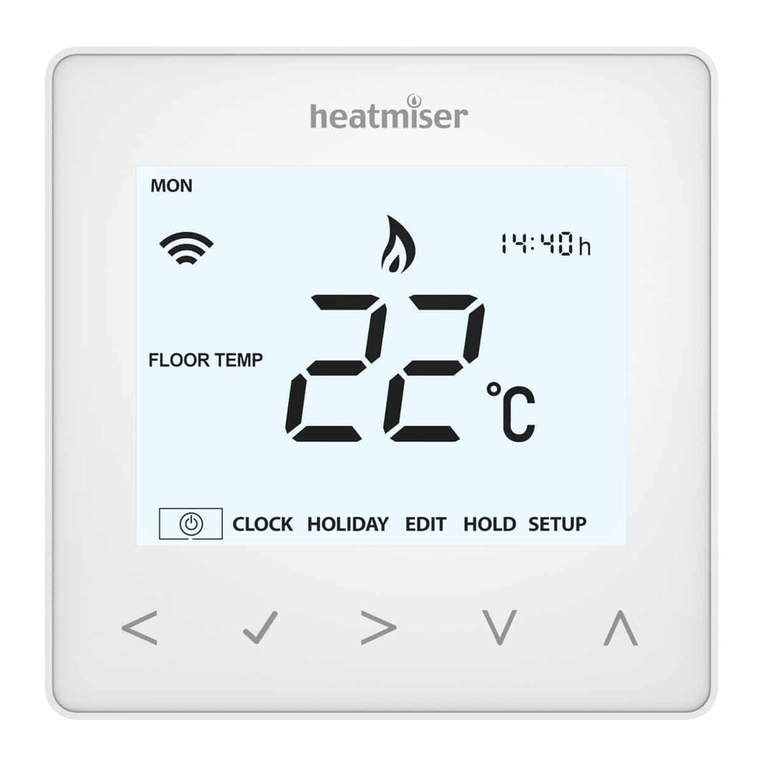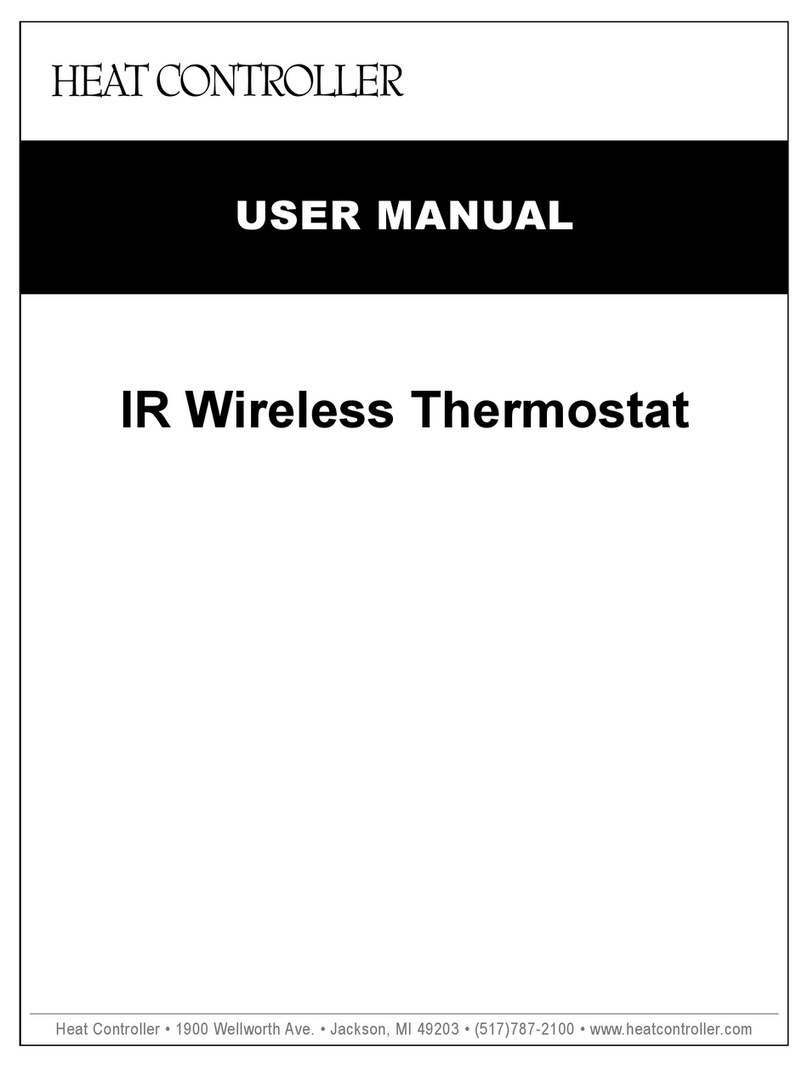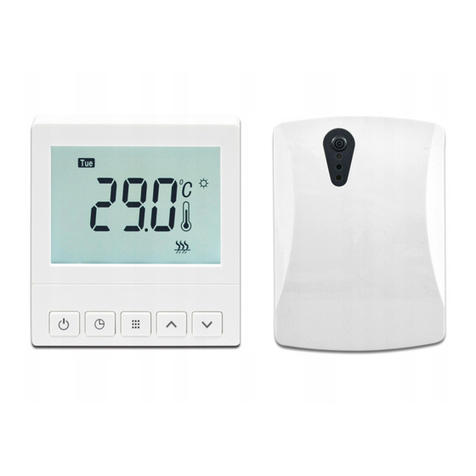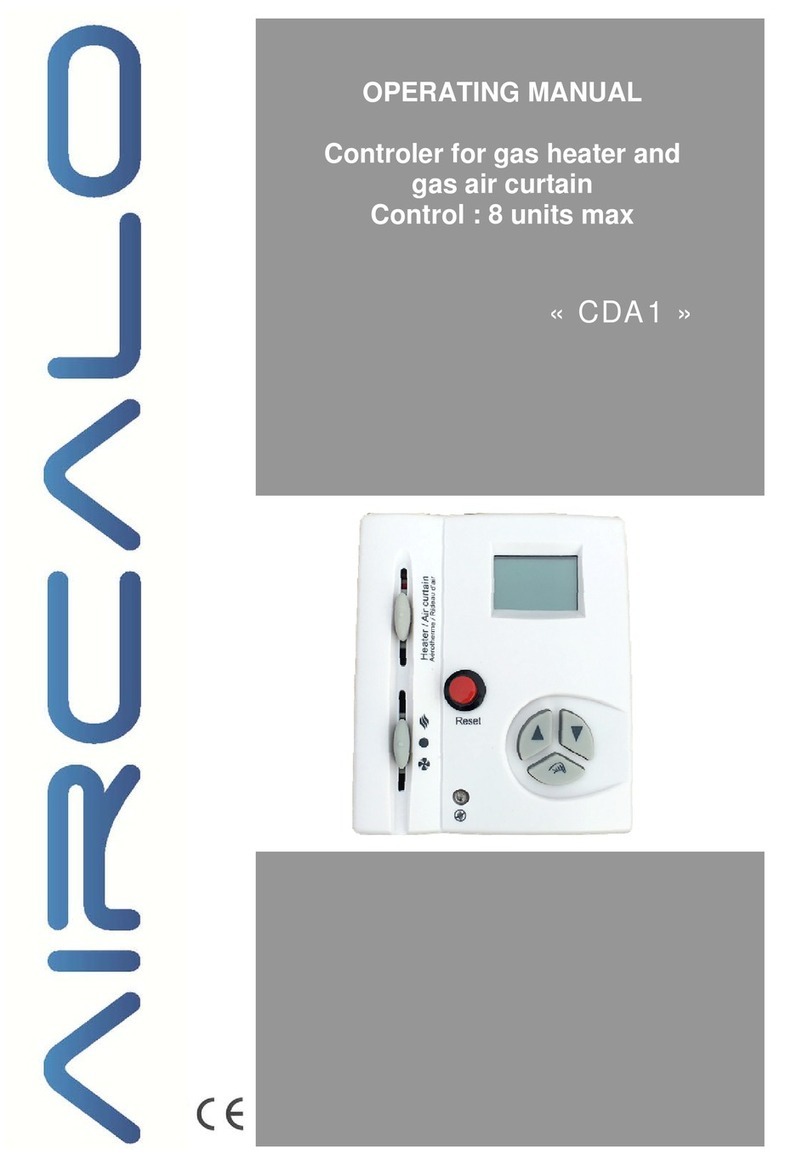HAI Omnistat RC-120 User manual
Other HAI Thermostat manuals
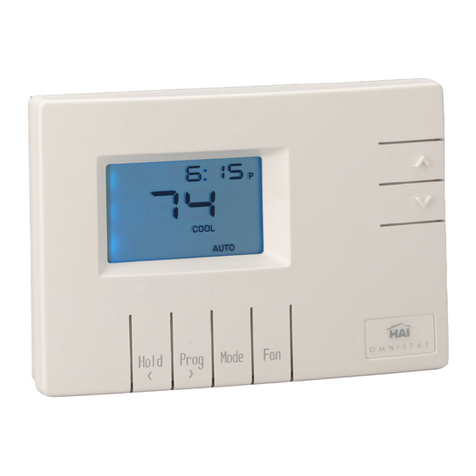
HAI
HAI RC-80 Omnistat User manual

HAI
HAI Omnistat2 RC-1000 User manual
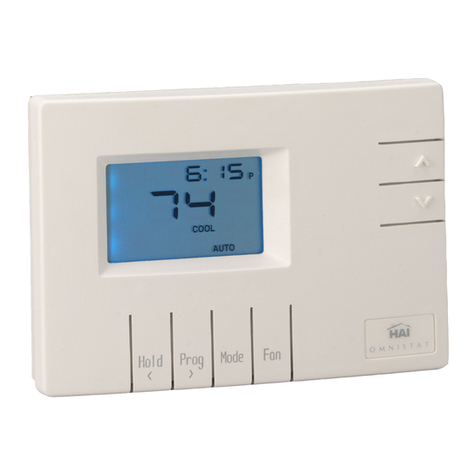
HAI
HAI OMNISTAT RC-122B User manual

HAI
HAI OMNISTAT RC-122 User manual
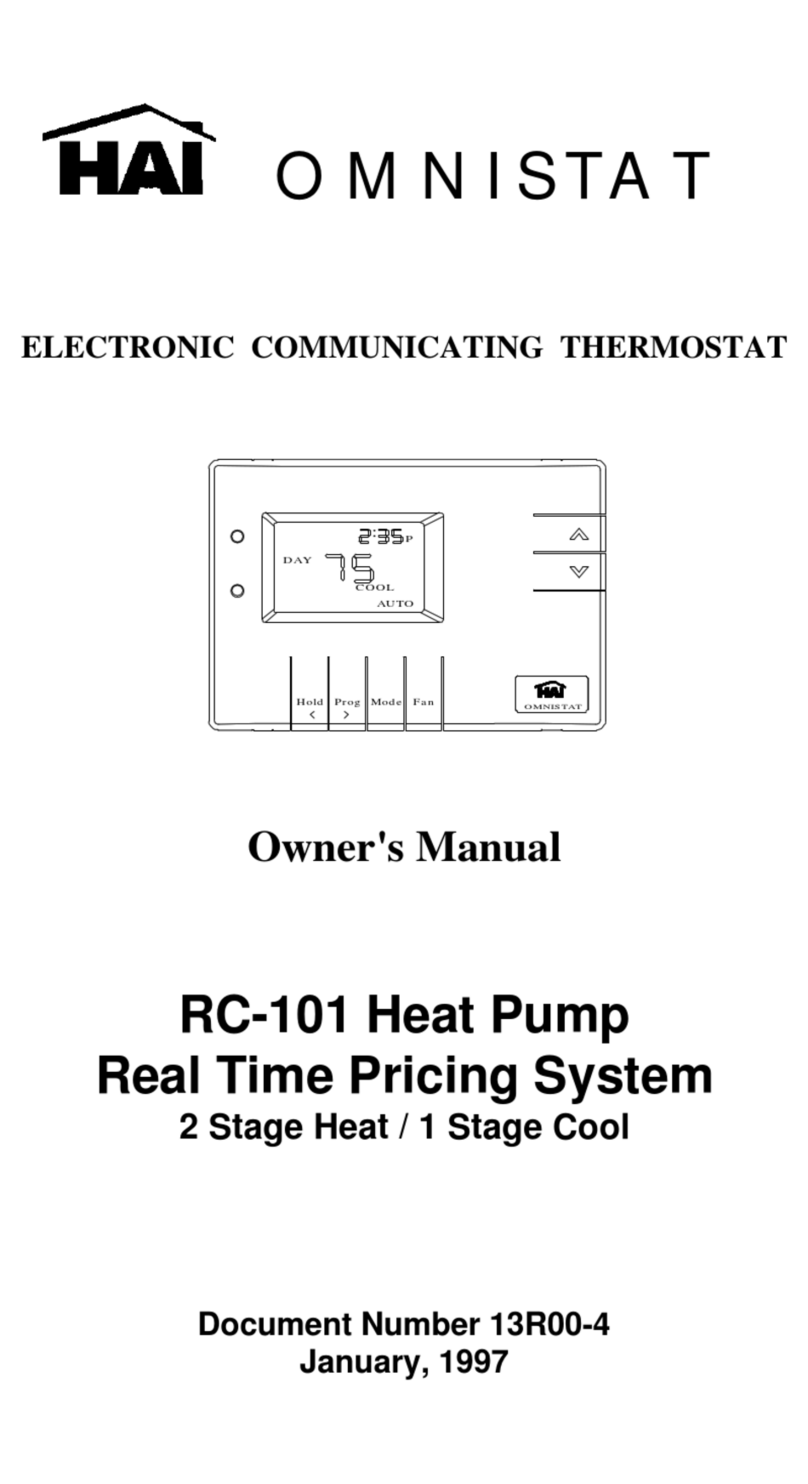
HAI
HAI OMNISTAT RC-101 User manual

HAI
HAI OMNISTAT RC-112 User manual

HAI
HAI Omnistat RC-81 User manual

HAI
HAI OMNISTAT RC-122 User manual

HAI
HAI RC-90 User manual
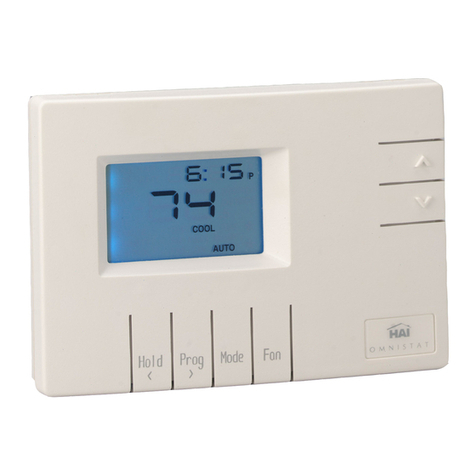
HAI
HAI Omnistat RC-80B User manual
Popular Thermostat manuals by other brands

Charmeg
Charmeg MP-R user manual
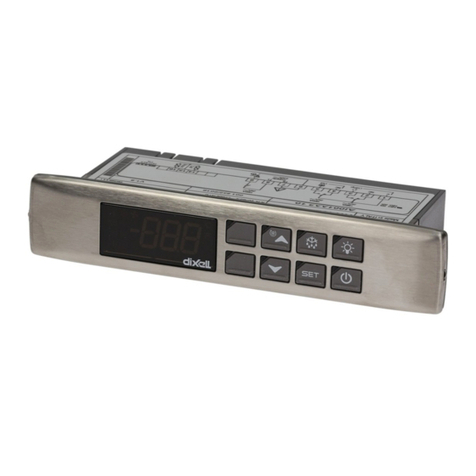
dixell
dixell WING XW40LS Installing and operating instructions
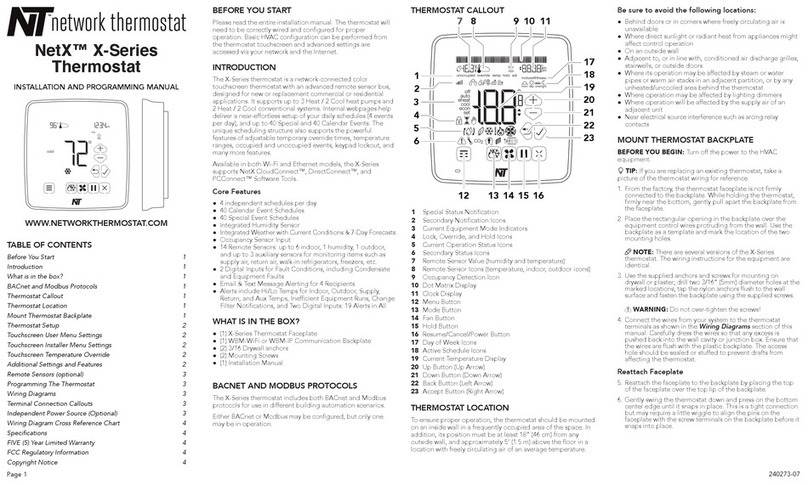
Network Thermostat
Network Thermostat NetX X7C-WIFI Installation and programming manual
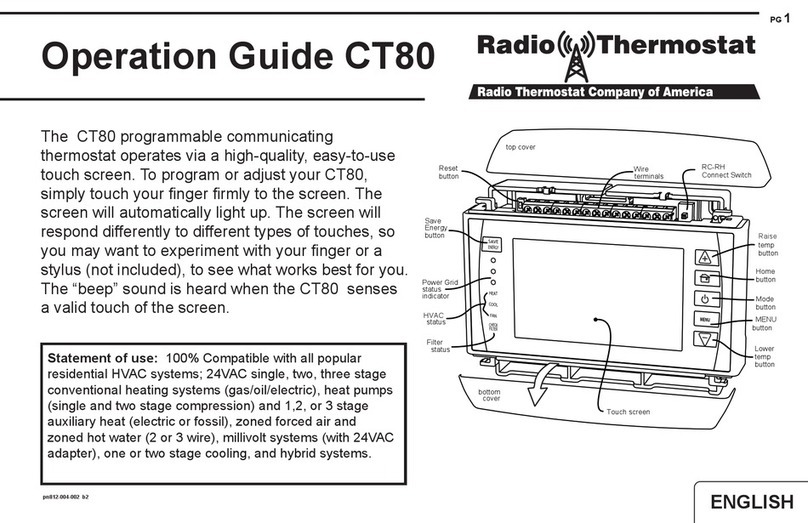
Radio Thermostat
Radio Thermostat CT80 Operation guide
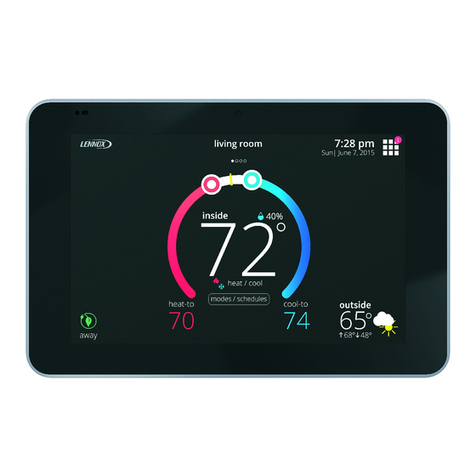
Lennox
Lennox iComfort E30 Installation and setup guide

Lux Products
Lux Products PSD011Ba Installation and operating instructions

